Against the backdrop of global climate change, population growth and water shortage, how to use water resources efficiently and scientifically has become a major challenge for modern agricultural management. As the core area of agricultural water use, the refined and intelligent management of irrigation areas has become an important means to improve water resource utilization efficiency and ensure food security. With the rapid development of science and technology, the rise of irrigation area information management system (IMIS) has brought revolutionary changes to traditional agricultural irrigation.
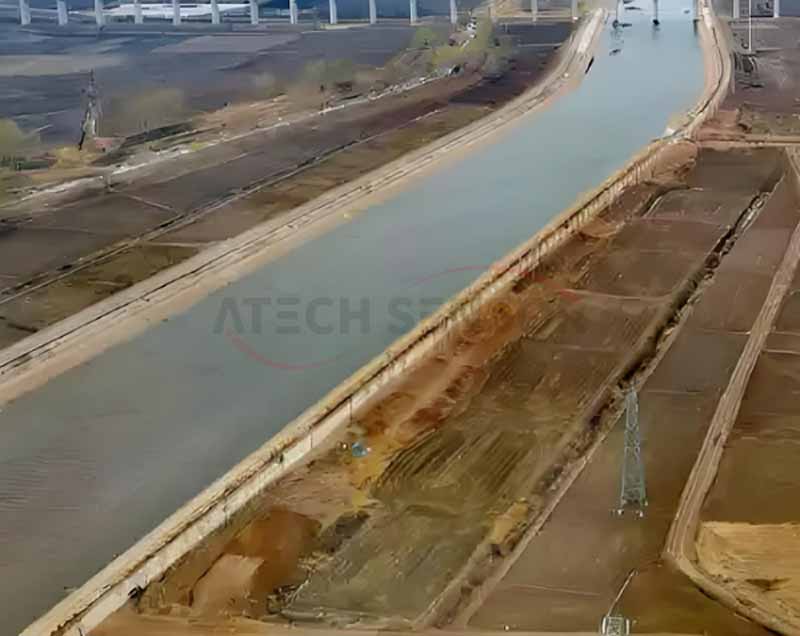
1. Components of the irrigation district information management system
The irrigation district information management and monitoring system is mainly composed of sensors (radar flowmeter, Doppler ultrasonic flowmeter), data acquisition terminal, communication network and management platform.
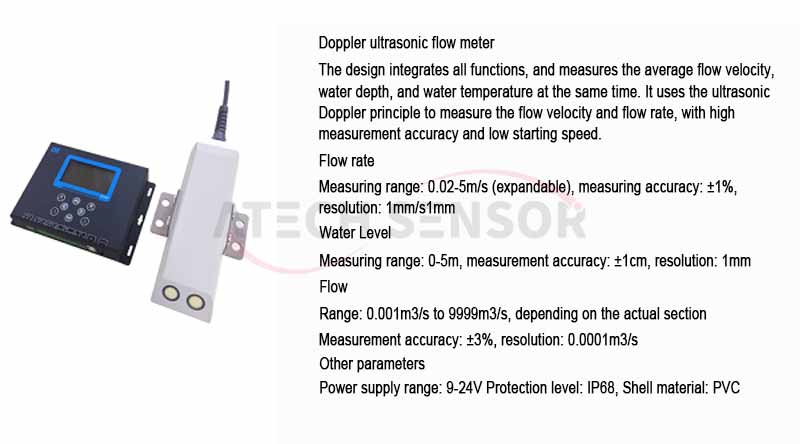
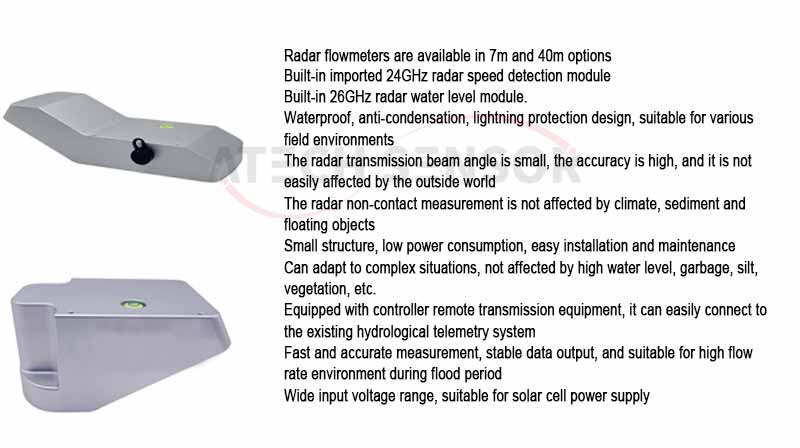
Data acquisition equipment: including water level sensors, flow meter sensors, etc., used to collect various data of the irrigation area in real time. Radar flow meter and Doppler ultrasonic flow sensor: used to measure the water level, flow rate and flow velocity in the irrigation channel to ensure accurate control of irrigation water volume.

Data transmission system: responsible for transmitting the data collected by the sensor to the control center, and can also transmit the instructions of the control center to the irrigation equipment. The data transmission method can be wired transmission or wireless transmission, such as 4G, GPRS, LoRa, etc.
Control center: It is the core part of the system, responsible for receiving, processing and analyzing sensor data, making irrigation decisions, and controlling the operation of irrigation equipment. The control center is usually composed of computers, servers, software, etc., which can realize remote monitoring and management.
Irrigation equipment: including water pumps, valves, sprinklers, etc., which perform irrigation operations according to the instructions of the control center. The type and performance of irrigation equipment should be selected according to the actual situation of the irrigation area to ensure irrigation effect and efficiency.
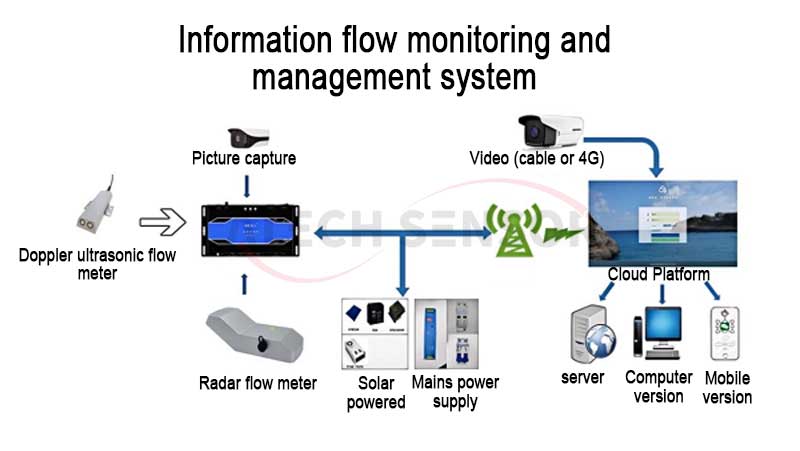
2. Main functions of irrigation district information management system
1) Data collection and monitoring: It can collect key data such as soil moisture, water level, meteorological conditions, flow, etc. in real time, so that managers can clearly understand the real-time status of the irrigation district.
2) Intelligent decision support: Combined with advanced data analysis and model algorithms, it provides irrigation district managers with scientific decision-making basis such as irrigation plan formulation, reasonable allocation of water resources, and crop water demand prediction, so as to realize intelligent irrigation management.
3) Automatic irrigation control: Automatically adjust the irrigation amount and frequency according to the water demand of crops and soil moisture, reduce water resource waste, ensure that crops get appropriate water supply, and improve water resource utilization efficiency.
4) Information management and query: Users can view historical data, real-time data, irrigation plans and other information through the platform, and conduct queries and statistical analysis to meet daily management needs.
5) Remote monitoring and scheduling: Managers can remotely monitor the operation status of the irrigation area through the network, perform necessary scheduling operations, improve management efficiency, respond quickly in emergencies, and ensure the normal operation of the irrigation area.
6) Early warning and emergency response: When abnormal conditions are detected, early warnings are issued in time, and emergency response measures are automatically or manually initiated according to preset plans to reduce or avoid disasters, such as abnormal water level alarms, water quality exceeding standard alarms, etc.
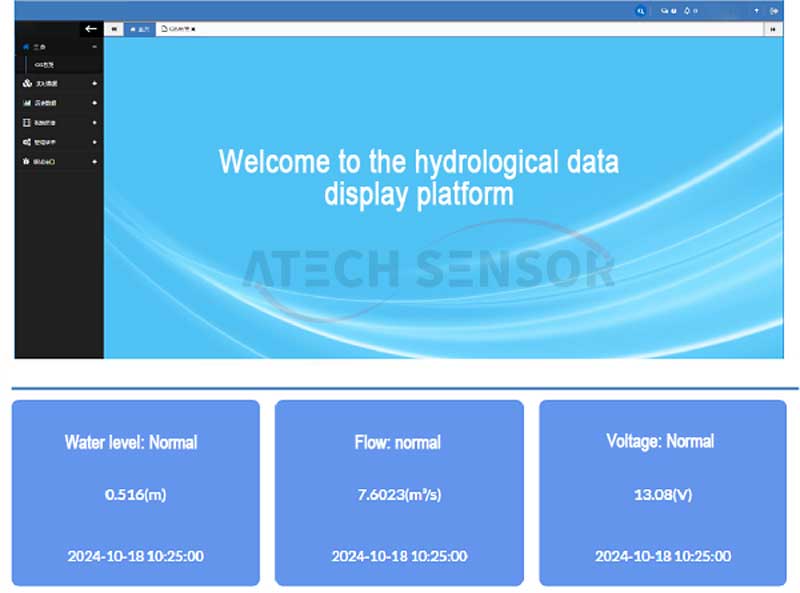
3. Why choose an irrigation district information management system?
With the development of agricultural modernization, traditional irrigation management methods have been unable to meet the needs of high efficiency and precision. The irrigation district information management system improves irrigation management efficiency through automation and intelligence, which can not only save water resources, but also help farmers improve crop yields and quality, and promote the development of green agriculture.

As global climate change continues to intensify, the shortage of water resources has become more serious. How to improve agricultural production efficiency under limited water resources has become an important proposition for global agricultural development. The emergence of intelligent irrigation management systems has provided strong technical support for the efficient use of agricultural water resources.
Through technical means such as remote monitoring, data analysis, intelligent scheduling and precise early warning, irrigation management is not only more efficient and intelligent, but also provides a scientific basis for the rational use of water resources. In the future, with the continuous advancement of technology, intelligent irrigation management systems will gradually be promoted worldwide, promoting the comprehensive modernization of agricultural irrigation management, and safeguarding food security and sustainable agricultural development.
Technology makes agriculture smarter and water resource management more efficient. The irrigation area of the future will be a combination of wisdom and green.

